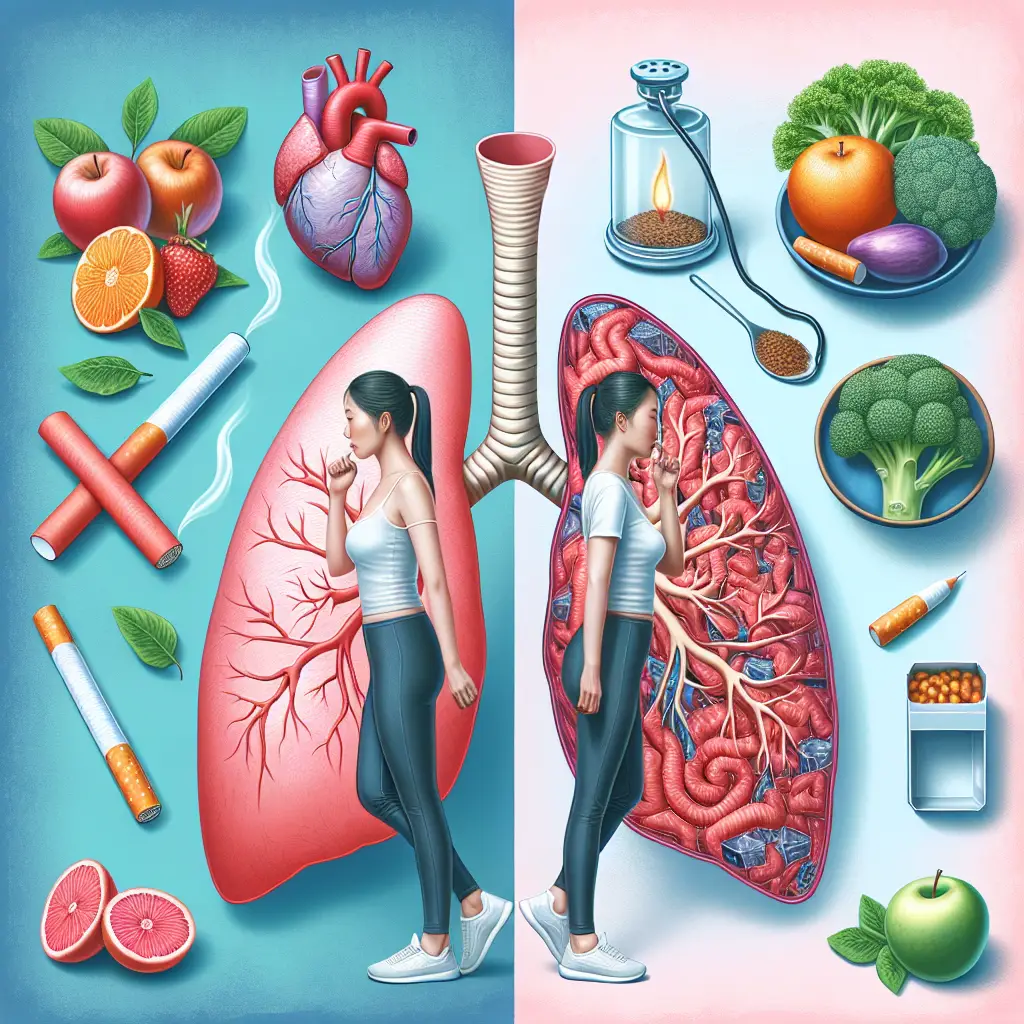Understanding Lung Cancer: Causes and Prevention
Lung cancer remains one of the most common and deadly forms of cancer worldwide. Understanding its causes and taking preventive measures are crucial steps toward reducing the incidence of this life-threatening disease. This article delves into the primary causes of lung cancer and effective strategies to prevent it, aiming to provide valuable insights and practical advice.
Causes of Lung Cancer
Several factors, both environmental and genetic, contribute to the development of lung cancer. Recognizing these causes can help in the early detection and prevention of the disease.
Tobacco Smoking
Tobacco smoking is, by far, the leading cause of lung cancer. It’s responsible for approximately 85% of lung cancer cases. Cigarette smoke contains over 60 carcinogens, which contribute to the alteration of lung cell DNA, leading to cancer.
- **Active Smoking:** Long-term smokers are at the highest risk.
- **Passive Smoking:** Non-smokers exposed to secondhand smoke also face significant risks.
Exposure to Radon Gas
Radon gas, a naturally occurring radioactive gas, is an important environmental cause of lung cancer. It’s invisible and odorless, accumulating in homes and buildings, particularly where ventilation is poor. Radon is the second leading cause of lung cancer after smoking.
Occupational Hazards
Individuals exposed to certain occupational substances have an increased risk of developing lung cancer. These substances include:
- **Asbestos:** Particularly in construction and shipyard industries.
- **Diesel exhaust:** Common in transportation sectors.
- **Silica and chromium compounds:** Found in various industrial processes.
Genetic Factors
While environmental factors play a significant role, genetics can also influence lung cancer risk. A family history of lung cancer can increase susceptibility, suggesting a potential hereditary component.
Prevention of Lung Cancer
Lung cancer prevention focuses on reducing exposure to known risk factors and adopting healthier lifestyle habits. Here are some effective strategies to minimize your risk:
Quit Smoking
Quitting smoking is the most significant step you can take to prevent lung cancer. It’s never too late to quit. Benefits include improved lung function and a reduced risk of developing cancer and other smoking-related diseases over time.
Avoid Secondhand Smoke
Limiting exposure to secondhand smoke is vital for non-smokers. Environmental policies and personal habits, such as avoiding smoking areas, can help protect you from involuntary inhalation of harmful toxins.
Test for Radon
Screening your home for radon levels is a simple yet essential method to prevent lung cancer. If elevated levels are detected, mitigation strategies can effectively reduce radon exposure.
Lung-Friendly Diet
Diet plays a significant role in cancer prevention. A diet rich in fruits and vegetables provides antioxidants, which can help to protect cells from damage. Consider incorporating the following into your diet:
- **Cruciferous Vegetables:** Broccoli, cauliflower, and Brussels sprouts.
- **Carotenoid-rich Foods:** Carrots, sweet potatoes, and leafy greens.
- **Omega-3 Fatty Acids:** Found in fish like salmon and mackerel.
Regular Health Check-ups
Regular medical check-ups and screenings can lead to early detection, improving the chances of successful treatment. Consult with healthcare providers for screenings, especially if you’re at high risk due to smoking or family history.
Avoid Exposure to Carcinogens
If you work in industries with known carcinogens, follow safety regulations and use protective equipment. Employers are responsible for minimizing exposure through appropriate safety measures.
Conclusion
Lung cancer remains a formidable health threat, but understanding its causes and implementing preventative strategies can significantly reduce the risk of developing the disease. Whether through quitting smoking, improving home environments, or maintaining a healthy lifestyle, proactive measures are key to preventing lung cancer.
Remember, the choices you make today can impact your health in the future. Stay informed, be vigilant, and prioritize lung health as part of a comprehensive approach to well-being.










